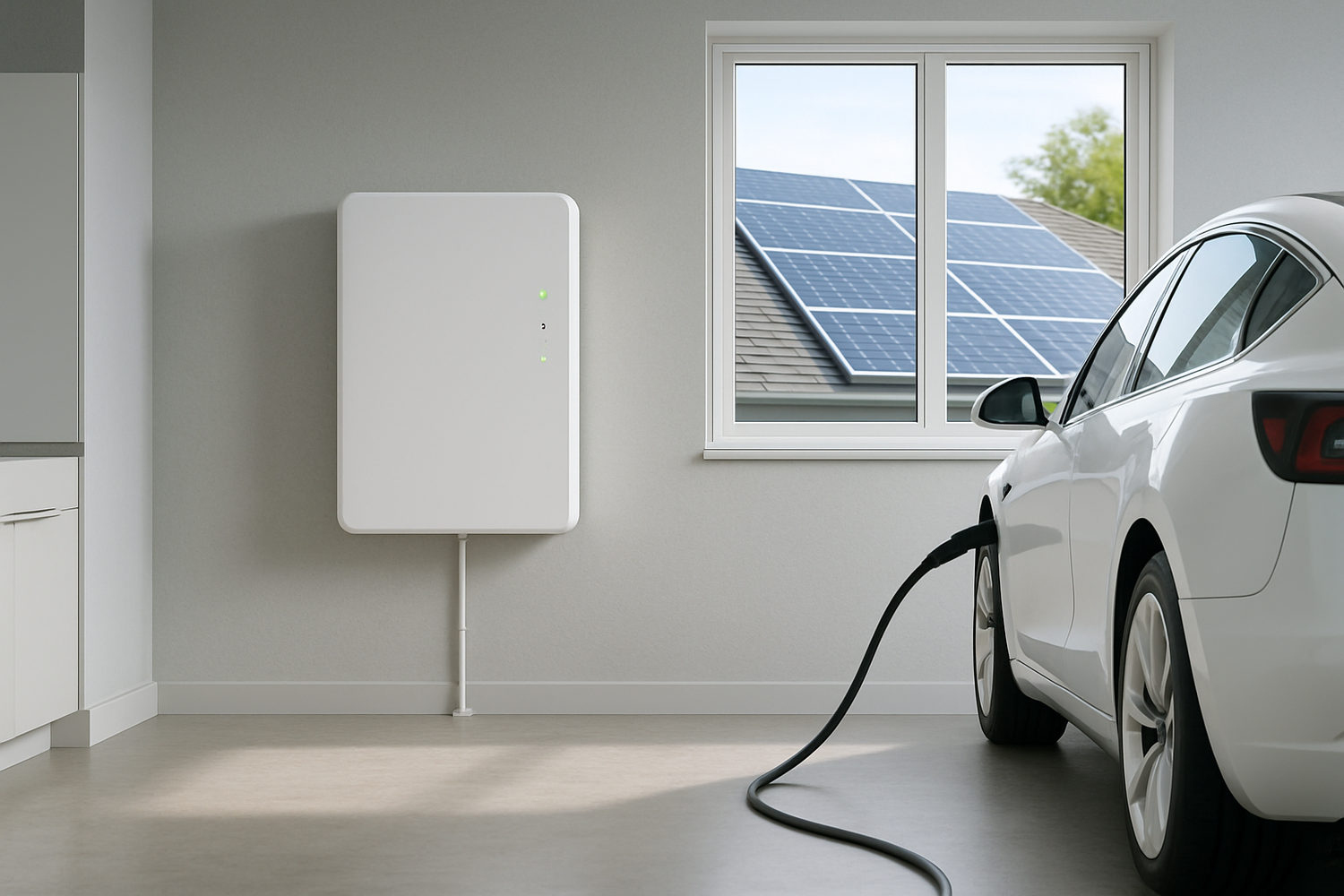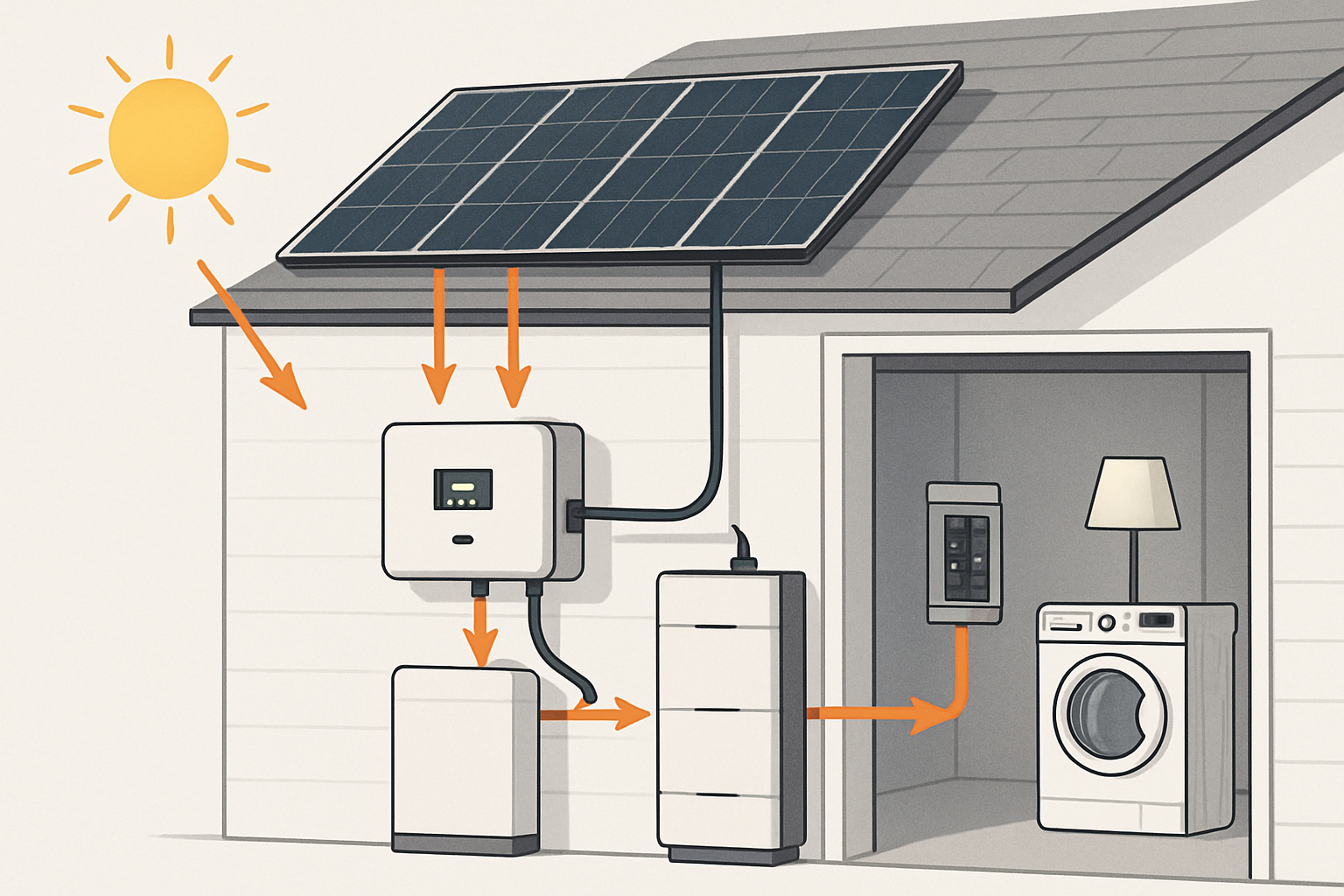As solar energy adoption grows, so does the need for reliable energy storage solutions. Lithium Iron Phosphate (LiFePO4) batteries have become a leading choice for solar battery system setups, valued for their performance and longevity. However, misconceptions about this technology persist. This article separates fact from fiction, addressing the most common myths to provide a clear understanding of LiFePO4 batteries.
Myth 1: LiFePO4 Batteries Are Too Expensive
The initial purchase price is often a point of hesitation. While LiFePO4 batteries can have a higher upfront cost than older technologies like lead-acid, this perspective overlooks the total cost of ownership.
The Upfront Cost vs. Lifetime Value
True value is measured over the lifespan of the battery. LiFePO4 batteries deliver a significantly lower total cost of ownership due to their extended cycle life and minimal maintenance needs. While a lead-acid battery might need replacement multiple times during the life of a single LiFePO4 battery, the latter continues to perform, making it a more economical choice in the long run.
Calculating the Levelized Cost of Storage (LCOS)
A more accurate way to assess cost is the Levelized Cost of Storage (LCOS), which calculates the cost per kilowatt-hour delivered over the battery’s lifetime. Due to their ability to withstand thousands of charge-discharge cycles, LiFePO4 batteries often have a much lower LCOS. A detailed analysis of solar storage performance shows that metrics like cycle life directly impact long-term value. LiFePO4 batteries can often exceed 6,000 cycles while retaining significant capacity, a key factor in their cost-effectiveness.
Myth 2: LiFePO4 Batteries Are Unsafe and Prone to Fire
Safety is a primary concern for any home energy storage system. The myth of lithium batteries being unsafe often stems from incidents involving other lithium-ion chemistries, not LiFePO4.
Understanding Thermal Runaway
Thermal runaway is a chain reaction where a battery cell overheats uncontrollably, which can lead to fire or gas release. This is a valid concern for some battery types, but LiFePO4 chemistry is fundamentally different and more stable.
The Stable Chemistry of Lithium Iron Phosphate
LiFePO4 batteries have a remarkably stable chemical structure. The phosphate-based cathode material is much less prone to overheating and thermal runaway compared to chemistries like Nickel Manganese Cobalt (NMC). This inherent stability makes LiFePO4 one of the safest options for residential and commercial solar storage.
Built-in Safety: The Role of the Battery Management System (BMS)
Modern LiFePO4 battery packs are equipped with an advanced Battery Management System (BMS). The BMS acts as the brain of the battery, protecting it from overcharging, over-discharging, extreme temperatures, and short circuits. This integrated system adds a critical layer of safety, ensuring the battery operates within its designated safe parameters.
Myth 3: LiFePO4 Batteries Perform Poorly in Cold Temperatures
All batteries experience some performance reduction in cold weather, but the extent of this impact varies significantly between chemistries.
The Reality of Cold Weather Performance
While it is true that extreme cold can reduce a LiFePO4 battery's available capacity and efficiency, they still outperform many other battery types in low temperatures. The electrochemical reactions slow down, which can increase internal resistance and lower the discharge voltage. However, this effect is often manageable and less severe than in older battery technologies.
Solutions for Cold Climates
For installations in colder regions, several solutions exist. Many LiFePO4 batteries designed for cold climates include built-in heating elements that use a small amount of charge current to warm the cells to a safe temperature before charging begins. Proper insulation of the battery enclosure also helps maintain a stable operating temperature. It is important to avoid charging a LiFePO4 battery below freezing (0°C or 32°F) unless it has a low-temperature charging feature.
Myth 4: All Lithium-Ion Batteries Are the Same
The term 'lithium-ion' refers to a family of batteries with different chemistries, each with unique characteristics. Lumping them all together is a common source of confusion.
LiFePO4 vs. NMC: A Chemistry Comparison
Nickel Manganese Cobalt (NMC) is another popular lithium-ion chemistry, often used in electric vehicles due to its high energy density. However, for stationary solar storage, the priorities are different. Safety, longevity, and thermal stability are paramount, and this is where LiFePO4 excels.
| Feature | LiFePO4 (Lithium Iron Phosphate) | NMC (Nickel Manganese Cobalt) |
|---|---|---|
| Safety & Thermal Stability | Excellent | Good (Requires advanced thermal management) |
| Cycle Life | Very High (3,000-6,000+ cycles) | Moderate (1,000-2,000 cycles) |
| Energy Density | Good | Very High |
| Environmental Impact | Cobalt-free, more sustainable | Contains cobalt and nickel, raising ethical concerns |
Why Chemistry Matters for Solar Storage Applications
For a solar battery system that cycles daily for many years, the long cycle life and inherent safety of LiFePO4 make it a superior choice. The International Energy Agency (IEA) notes that installing battery storage systems with distributed solar PV can effectively increase self-consumption. A durable and safe battery chemistry is critical to realizing this benefit over the long term.
Your Path to Energy Independence
Debunking these myths reveals why LiFePO4 batteries are a trusted technology for solar storage. Their long-term value, superior safety profile, and reliable performance make them an excellent investment for achieving energy independence. As highlighted in a U.S. Department of Energy success story, as more solar is deployed, energy storage becomes essential to help stabilize the electric grid. By choosing the right technology based on facts, not myths, you can build a robust and efficient solar battery system setup that serves your needs for years to come.
Frequently Asked Questions
How long do LiFePO4 batteries last?
A well-maintained LiFePO4 battery can last for thousands of cycles. Many are rated for 3,000 to 6,000 cycles or more, which can translate to a lifespan of 10 to 15 years or longer in a typical solar storage application.
Are LiFePO4 batteries better for off-grid solar systems?
Yes, their durability, high efficiency, and ability to handle deep discharge cycles make them an excellent choice for off-grid solar systems where reliability is critical.
Can I mix old and new LiFePO4 batteries?
It is not recommended to mix batteries of different ages, capacities, or manufacturers in the same string. This can lead to imbalances in charging and discharging, which can reduce the performance and lifespan of the entire battery bank.





Leave a comment
All comments are moderated before being published.
This site is protected by hCaptcha and the hCaptcha Privacy Policy and Terms of Service apply.